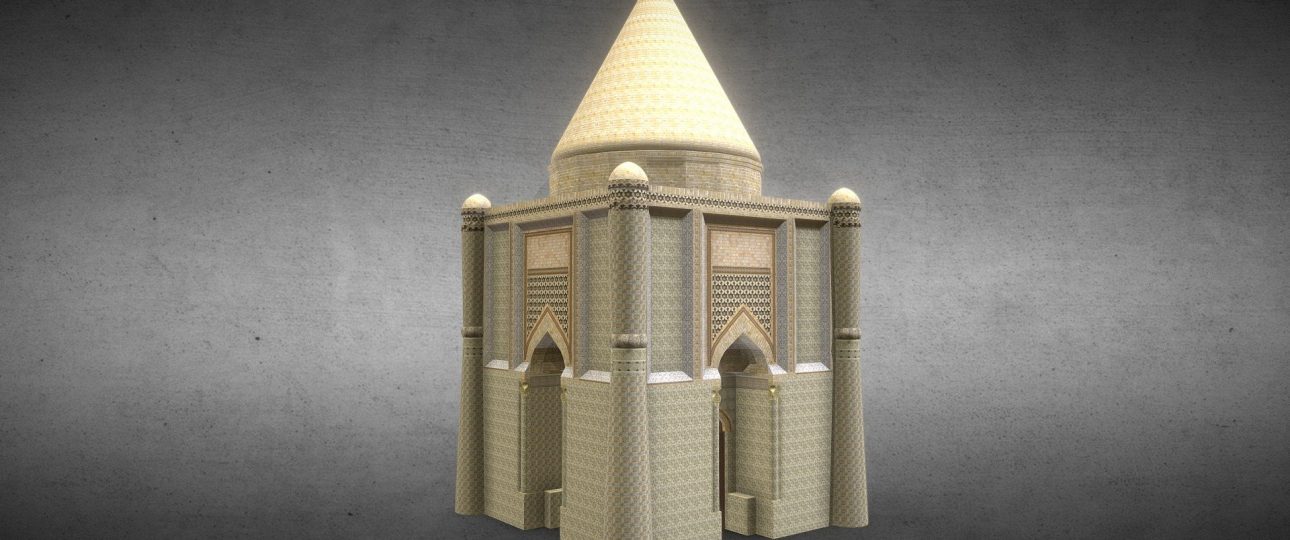Aisha Bibi Mausoleum – Kazakhstan
History and Significance
The Aisha Bibi Mausoleum, a striking example of 12th-century architecture, stands as a testament to enduring love and craftsmanship. According to legend, it was commissioned by a ruler of the Karakhanid Dynasty for his fiancée, Aisha Bibi, the daughter of Sufi poet Khakim-Ata. Tragically, Aisha Bibi died from a snake bite just before meeting her lover, the Emir of Taraz. In her memory, the mausoleum was constructed, symbolizing their eternal love.
The mausoleum is renowned for its intricate terracotta tiles, featuring 60 different floral geometric patterns and stylized calligraphy. These designs create an illusion of masslessness, a hallmark of Islamic architecture, and are reminiscent of the Samanid Mausoleum in Bukhara. The corner columns, inspired by Soghdian pre-Islamic architecture, are adorned with calligraphy celebrating beauty and love.
Getting There
To visit the Aisha Bibi Mausoleum, head to Taraz, the nearest major city. Taraz is accessible by air, rail, and road from various parts of Kazakhstan. From Taraz, the mausoleum is approximately a 20-minute drive away, not the two hours previously mentioned. You can hire a taxi or take a local bus to reach the site, enjoying views of the Taraz oasis along the way.
Local Transportation
While public transportation is available, renting a car or hiring a local guide can enhance your experience, offering flexibility to explore the region at your own pace. Taxis and shared minibusses are also viable options for navigating the area.
Best Time to Visit
Plan your visit during spring (April to June) or autumn (September to October) when the weather is mild and pleasant. These seasons provide comfortable temperatures for exploring the mausoleum without the extremes of summer heat or winter cold.
Exploring the Mausoleum
Upon entering the Aisha Bibi Mausoleum, you’ll be captivated by its blend of Persian and Central Asian architectural styles. The walls are adorned with intricate geometric patterns, and the serene atmosphere invites reflection. Inside, the tomb of Aisha Bibi is often decorated with colorful fabrics and flowers, left by visitors paying their respects. This poignant sight underscores the enduring power of love and memory.
The mausoleum is part of a larger complex that includes the Babaji Khatun Mausoleum, located just ten meters away, and a sacred limestone cavern across the road. This site has been venerated since the Middle Ages, with local women praying for children and a happy family. Newlyweds often visit to seek blessings for their marriage.
Practical Tips
- Wear comfortable shoes for walking around the site.
- Bring a hat, sunglasses, and sunscreen to protect against the sun.
- Dress modestly to respect cultural norms.
- Carry a camera to capture the site’s beauty, but be considerate of others.
- Keep a bottle of water handy to stay hydrated.




